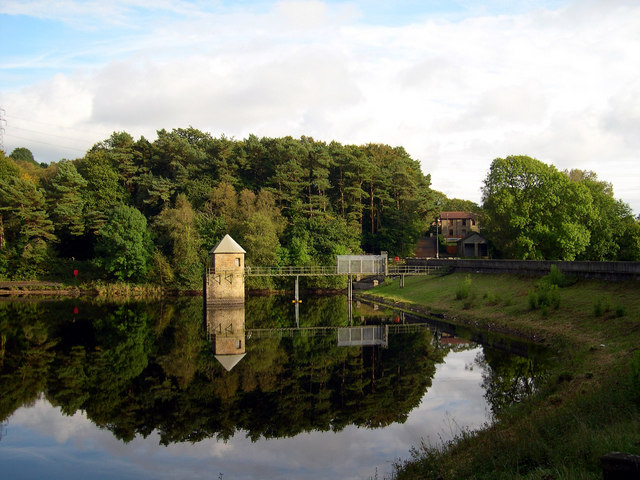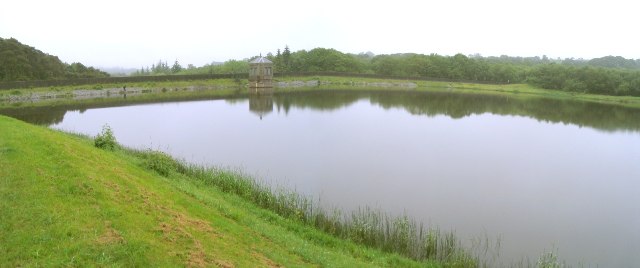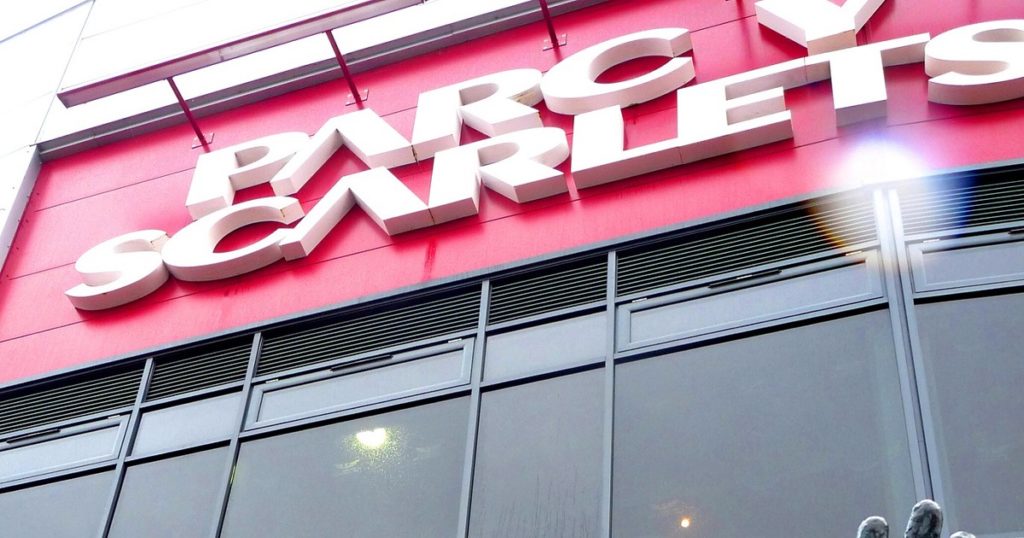Letter from Swiss Valley

Rebecca Rowlands-George
‘Can I ask a question?’ She doesn’t wait for a reply. ‘Is Wales’ rarest animal an araf?’
‘A what now?’ I ask.
‘Also, is the rarest animal in Scotland a Hagit?’
‘Do you mean a Haggis?’ Boy’s head appears between the seats in the car.
‘Good God!’ He startled me, ‘You were listening to our conversation. I thought you were listening to music.’
‘I am; it’s low,’ he replied. ‘A haggis is a sheep’s stomach lining stuffed with things – ‘
‘Ewwww!’ she said.
‘I’ll show you when we get to Tesco, now.’ I say.
‘Are you thinking of the picture from the other day?’ Boy asks her.
‘Yeah.’
I sigh, ‘You know an araf is not a real animal, right?’
‘I’m. Not. Happy!’ she says.
It’s five to twelve on a Tuesday at the end of the school summer holidays, and I have just got in the car with the araf-believer and headphone wearer on yet another trip to replenish the dwindling food stocks that mainly my twelve-year-old son has consumed in what feels like mere hours.
My nine-year-old daughter is so concerned with the dwindling crisp offerings that she wrote a specific list for herself – Red or Doritos.
This is my seventeenth year living in Swiss Valley, Llanelli.
One more year, I have equalled my childhood home of the takeaway village capital of Wales, otherwise known as Skewen, Neath.
My childhood home is a place that still houses the family Welsh dresser, ‘that came all the way from Llanelli; they were the flannel merchants, and it is good quality. You can have it after my days.’

Home
Swiss Valley felt like home very quickly. Far more than living in London, Bristol, Cardiff, or Neath ever did. Maybe it’s because some of my family came from here, or perhaps it has something to do with marrying a Swiss Valley boy.
For the record, I was the one that said, ‘I like it here. It has a great view, a good school, the supermarket’s not far, and did I not mention it has an amazing view.’
And that’s true, the view from my house is spectacular. Panoramic views from the mountains range from where Carmarthenshire becomes Swansea to the DVLA cube of offices right down to the North Gower coastline.
I have watched fireworks light up the skies over Swansea and the estuary on Bonfire night and New Year’s. I see the twinkling lights on the estuary from Penclawdd. In the darkness, I have watched car headlamps guide strangers home as they follow narrow lanes and disappear into woodland.
I have seen the town below me change and spread. Houses built on the Bryn, Trostre develop, Parc Y Scarlets arches rise and light up for games. I have heard the voices from Saturday’s football matches at Calsonic float up the hill—the shouts of the local secondary school children on the field in Sports activities.
I can set my watch to the play times of the primary school children as I can hear it through open windows during the term. I have seen the trees bud and change countless shades in what feels like a blink of an eye and the occasional snowfall, whitening it all from my elevated view.
So it became home. And, home became family – a pigeon pair, as one of my neighbours told me, with two cocker spaniels bookending the children. Trend-setting furry paws that sparked an influx of cockapoos, spaniels, and bichon frisées on the site and the creation of whole new families.
Canine power
I walk the streets of Swiss Valley with the dogs and my children. I prefer to take the gentler curve path or meander through the ravine. I like to leave the beast that burns my calf muscles, otherwise known as Llandyry hill, favouring it downwards towards home.
I stop to speak to the lifetimers (those who have lived here since the final brick was laid) whose lawns are manicured to a crisp, clean, perfect line. I let the dogs acknowledge their territory attention-seeking rivals. At the same time, the owner fills me in on the situation with the anonymous Christmas card sender (It’s been nine months, and I can’t wait to find out if there will be another one this year).
My children wave and greet other friends from school. I see other parents pause for a breath halfway up Heol Beili Glas by the corner shop, having pushed a buggy up it – silently thank my canine-powered engines for getting me to the top, where I turn into Hilltop and cut behind the houses to the field that borders farming lands.
My husband and son will often kick a rugby ball around here in the shadows of rugby legend Phil Bennett’s home as I gaze at the rooftops and pick out the pyramid top of the St. Elli centre in town, and my daughter picks daisies and buttercups.

The houses might have been built in the sixties, and the primary school turned 50 in 2019, but this area has a much older secret to share.
In 1877, the world saw the premiere of Tchaikovsky’s Swan Lake, US President Rutherford B. Hayes had the 1st telephone installed in the White House, Queen Victoria was proclaimed Empress of India, Black Beauty was published, and Chester Greenwood patented Ear Mufflers, Llanelli built not one but two reservoirs.
The reason? The town was concerned about safe, clean drinking water for its growing population.
Idyllic
Victorian enterprise at its finest—the upper and lower Lliedi hidden from sight on the road and surrounded with lush green woodlands and farmlands. It’s idyllic; it’s peaceful; it’s my happy place.
I have spent a lot of time walking around the reservoir, stopping to sit on a fallen tree and pondering questions like ‘What is an Araf? Or did I just really see two pigs escape the farm and go for a stroll? Or maybe Henry David Thoreau is right: I should move to the woods, build a cabin and worry about growing beans.’
You know all the big, important questions and thoughts.

Running high above the Lliedi reservoirs is the twelve-mile-long cycle path from Tumble to Sandy Water Park in the former track lines of the old railway line that linked colliery to the coast.
Victorian industry is now modern-day tourism. People cycle, hike, and run along those fishing on the upper reservoir and the stand-up paddleboarders or kayakers on the lower. People and their dogs walk the two-mile circuit around the lower Lliedi.
This summer, the town has been concerned with the situation surrounding asylum seekers at Stradey Park Hotel, mere metres off the cycle path. It’s one of the many conversations overheard in the local pub in addition to the awful summer weather and the Rugby World Cup.
We are near Trostre, and my daughter squeals, ‘Look, there is a sign for an araf!’ While I know my son’s eyes are fixed on Parc Y Scarlets stadium, he says, ‘What happens if I play rugby for the Scarlets? Will you support them then?’
I smile, knowing I’m home.
Support our Nation today
For the price of a cup of coffee a month you can help us create an independent, not-for-profit, national news service for the people of Wales, by the people of Wales.







What a beautiful piece of writing! Love the araf!